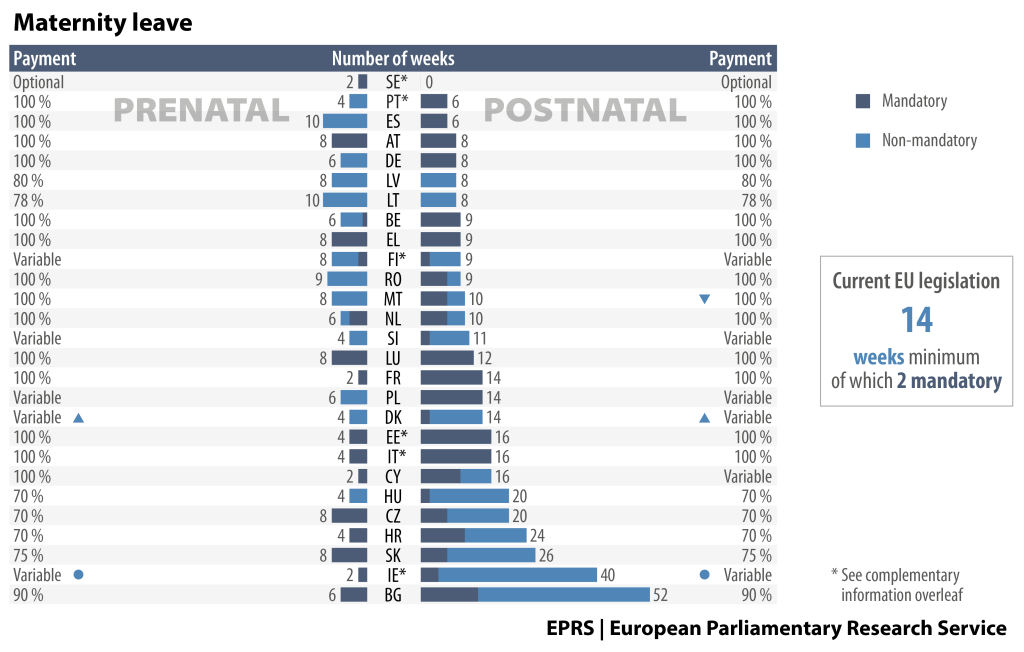When it comes to gender diversity, where we are and where we are heading? What work still needs to be done to achieve unfettered gender equality within leadership?
KEY TAKEAWAYS
- The lack of diversity in leadership has consistently been shown to limit creativity, decision-making, and profitability of companies.
- Gender diversity in leadership has numerous benefits, including better collective or group decision-making, increased innovation, creativity, consistent improved financial performance, and enhanced reputation and brand image.
- Interested in diversifying your leadership team? Reach out to Rhonda Taylor via email here to start the conversation.
As we reflect on the continued advancements of women during Women’s History Month, originally championed by Gerda Lerner, we’re taking an opportunity to offer a nod to this important historical marker in business advancement overall. Over the past few decades, women have made significant strides in the workplace, including, most critically, within leadership. Today, there are many women executives who are leading with purpose, making a difference not only in their organizations but also in their communities and the world.
One such executive is Mary Barra, the CEO of General Motors. Barra has been a champion for electric vehicles and has set a goal of making GM’s entire fleet electric by 2035. She has also been a vocal advocate for diversity and inclusion in the workplace, launching initiatives to increase the representation of women and people of color in leadership roles at GM. It is Barra’s efforts and the countless examples of others like hers that continue to advance the indisputable idea that we are far better as a diverse leadership workforce.
“In the future there will be no female leaders. There will be just leaders.” –Sheryl Sandberg
The (continued) evolution of women in the workplace
Gender disparity in executive positions has always included the under-representation of women in high-level leadership roles in the workplace (along with many other people groups). Despite dramatic and much-needed progress over the last few decades, women continue to be significantly underrepresented in executive positions across all industries. This is due to a variety of factors, including well-hidden and long-protected gender biases, ill-fueled stereotypes, and politically charged cultural barriers that often exist even in progressive-minded organizations that, at times, unconsciously maintain a desperate reality in their policies and practices, left over from previous generations of all-male leadership heads.
The lack of diversity in leadership has consistently been shown to limit creativity, decision-making, and profitability of companies. It is important to address this issue to ensure that talented women have equal opportunities to advance and contribute to their companies and society as a whole.
Advancing women in senior leadership roles has been a cultural challenge in the U.S. that has not only persisted but has increased with intensity over time, as the all-important attribute of equity has sustained itself as a top priority in organizations, as well as the realization that gender diversity within leadership teams presents a magic formula for dynamic leadership that is simply out of reach for those who do not replicate the formula for themselves.
The benefits of gender diversity in leadership
Today, women continue to dismantle confines that have existed for generations, as more high-level positions than ever are being awarded to women leaders in a variety of industries. It goes without saying that gender diversity in leadership has numerous benefits including better collective, or group decision-making, increased innovation, creativity, consistent improved financial performance, and enhanced reputation and brand image. Additionally, it promotes fairness, equality, and inclusivity in the workplace from the “top down” as leadership models what they say they wish to provide for their people and their customers.
In addition to the “operational” advantages, brands that imbue this priority within their own leadership infrastructure, this priority also advertises to society at large that your brand is one of equality, inclusion, and fair competition. This has also shown itself as a significant game-changing attribute in enjoying enhanced employee retention, at a far higher rate than companies who do not prioritize this feature within their leadership teams (McKinsey).
Obstacles to advancement for women in the workplace
Even today, there remain countless hurdles within the workplace and business society at large, that prohibit women from utilizing the same paths to success as men. Although women represent just less than half (47.7 percent) of the total workforce in the U.S. today, and just over 60 percent (61.3 percent) in Canada, there remain barriers in place that continue to slow equity at the highest levels of leadership. Here are some of the most consistent and hindering shortcomings our society at large still struggles with in this arena:

- The Unites States’ slow uptake to more expanded and universal PAID leave
Although every country throughout the world struggles with this topic in one way or another, the U.S. continues to willingly deprioritize healthy family growth when discussed within the business world. Throughout much of the U.S., there is no requirement for paid family leave (or any paid leave of any kind). Despite the 1978 Pregnancy Discrimination Act, there has been limited progress in expanding the rights to women workers (at any level) and their families. Although some states are taking action to enhance their own paid leave laws, overall the U.S. falls well behind most countries within the EU. - Gender bias and stereotypes
As many know, biases and stereotypes have proven to drastically limit innovation, creativity, and productivity in the workplace. It can also result in unequal opportunities and pay for women and hinder their career advancement, causing a talent drain and a negative impact on the company’s bottom line. Additionally, it can harm a company’s reputation and brand image and make it less attractive to customers and potential employees who value diversity and equality. - Lack of mentorship and sponsorship
As is the case for all working professionals, we all can benefit from mentors and sponsors throughout our careers, especially early on. It stands to reason that many women professionals might prefer women mentors since there are shared experiences. When one works primarily with male leadership team members, this opportunity is limited and, without a doubt, impacts the overall experience women professionals have as they cultivate their own professional journey. - Work-life balance challenges
Work-life balance continues to be one of the most challenging “workplace” issues for women at large, but specifically for women executives (or would-be executives). (International Journal of Engineering Tech. & Management Research.) It’s an understated fact that, even within the twenty-first century, women’s career development, or growth, is disproportionality hindered due to childbirth and related family factors, not because of them, but, rather, due to the workforce our business community cultivates. Many women attempt to return to an inhospitable workforce after years away, or, more simply, to a job that they stepped away from for several months, to pick up their career with often limited robust employer-sponsored support (as FMLA secures the incumbent’s job, without adjacent requirements to help ease one’s return to work).
Steps toward gender equality in the workplace
Across the board, companies need to develop additional strategies for addressing gender disparity. Strategies almost certainly need to include the implementation of policies that promote equal pay and opportunities, providing mentorship and sponsorship programs for women, creating a culture of inclusivity and diversity, and addressing unconscious bias in recruitment and promotion processes. Companies also must prioritize diverse representation on leadership teams and, an often-overlooked need, boards, and set targets and metrics for gender diversity to hold themselves accountable. Additionally, education and awareness-raising training, which everyone in leadership should be receiving annually, can help to challenge gender stereotypes and biases throughout the workplace and in hiring.
Again, these steps towards gender equity within leadership are not suggested simply because it’s the right thing to do, it is better for every single employee within your care. The importance of diversity and inclusion-based initiatives extends past race, gender, age, sexual orientation, or other identities, and impacts, both at the strategic level and the day-to-day, more innovative, and creative work and idea sharing, which in turn leads to meeting and exceeding strategic goals.
Bottom line
Such initiatives help to attract and retain top talent, improve employee engagement and productivity, enhance customer satisfaction, and contribute to a positive company culture and reputation. To not prioritize gender diversity within your leadership team is to freely give the advantage to any of your competitors who are.
Interested in diversifying your leadership team? Reach out to Rhonda Taylor via email here to start the conversation.

Patrick Proctor
Patrick Proctor has more than 20 years of global business, people operations/HR, CSR, and organizational development experience. Patrick has held multiple roles within the C-suite and has consulted for scores of companies in countless industries. Patrick writes on these and many other issues impacting businesses today.

